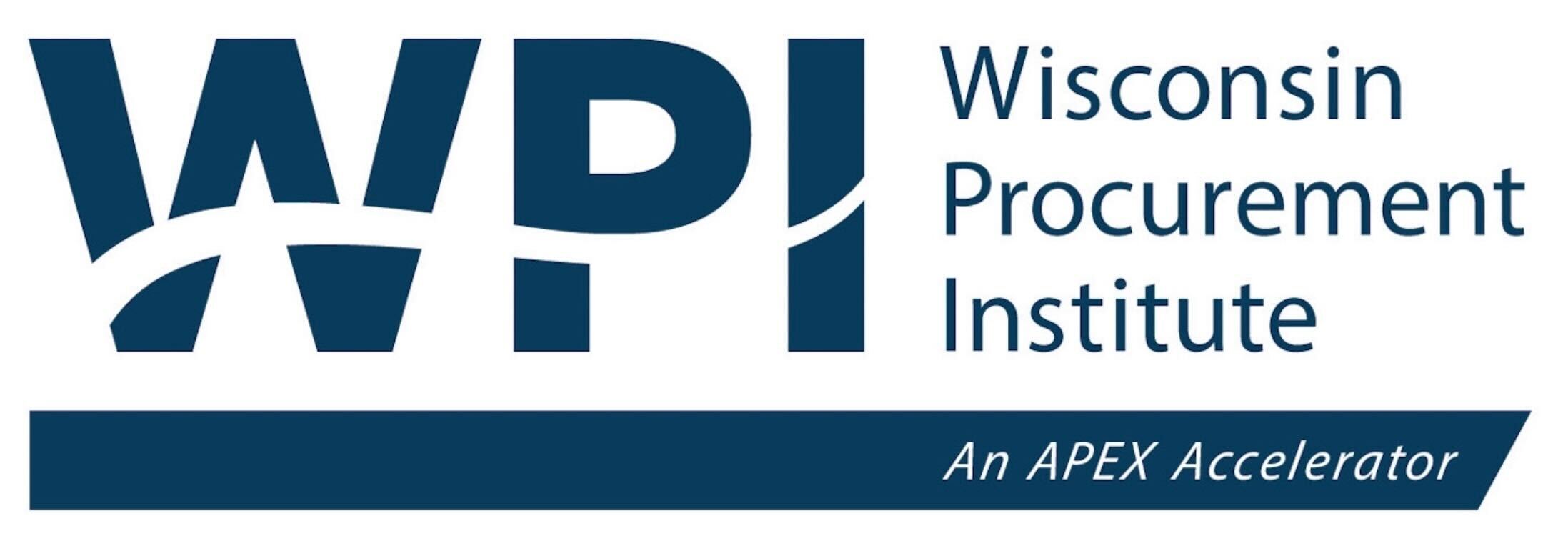The Office of Strategic Capital (OSC) announced the release of a Federal Register Notice and accompanying Request for Information (RFI) open for public comment. OSC seeks public input as it prepares to issue loans and loan guarantees for critical technology and supply chain components in support of the office’s mission to attract and scale private capital for national security. OSC invites public comment on the RFI from companies and financial institutions, including their representatives and industry associations, regarding contemporary market activity, capital requirements, and where OSC-provided loans and loan guarantees can support investment in critical technologies. OSC is particularly interested in responses from companies and lenders working in the 31 component areas identified as promising critical technologies and assets in Section 903 of the FY24 NDAA (The National Defense Authorization Act of 2024).
To read more, click here.
